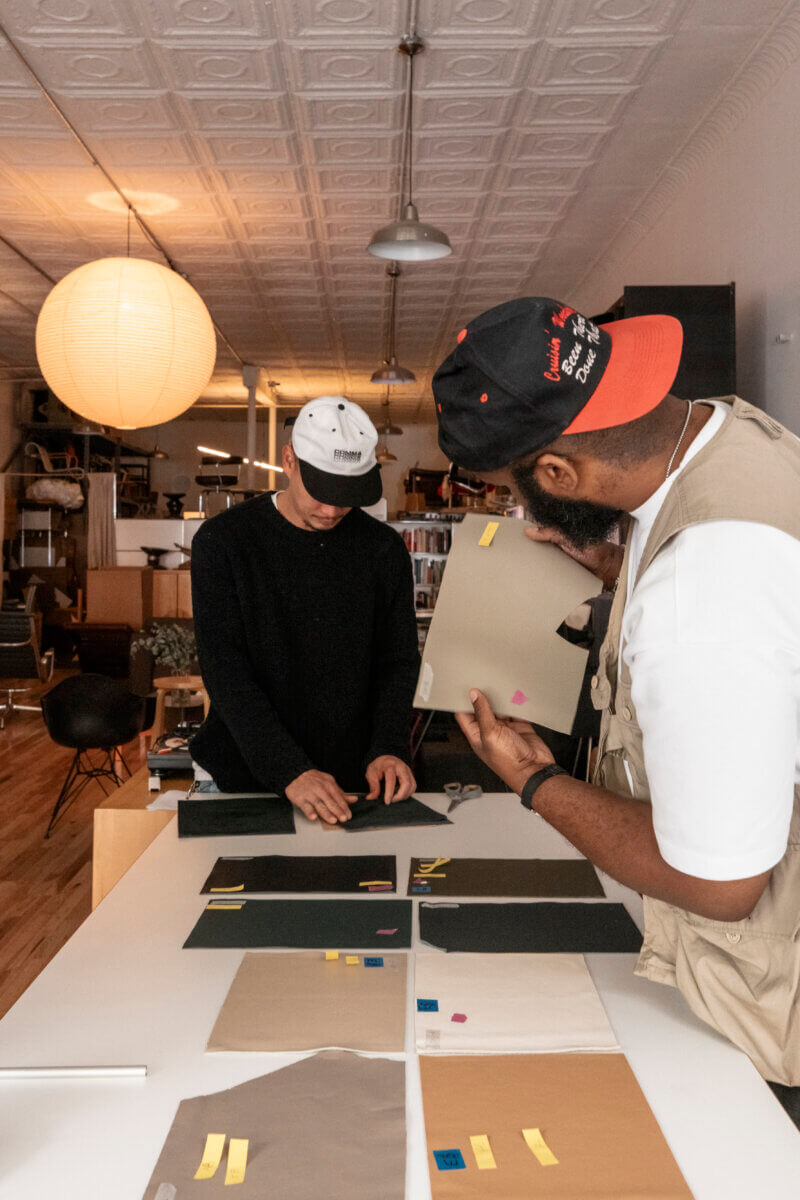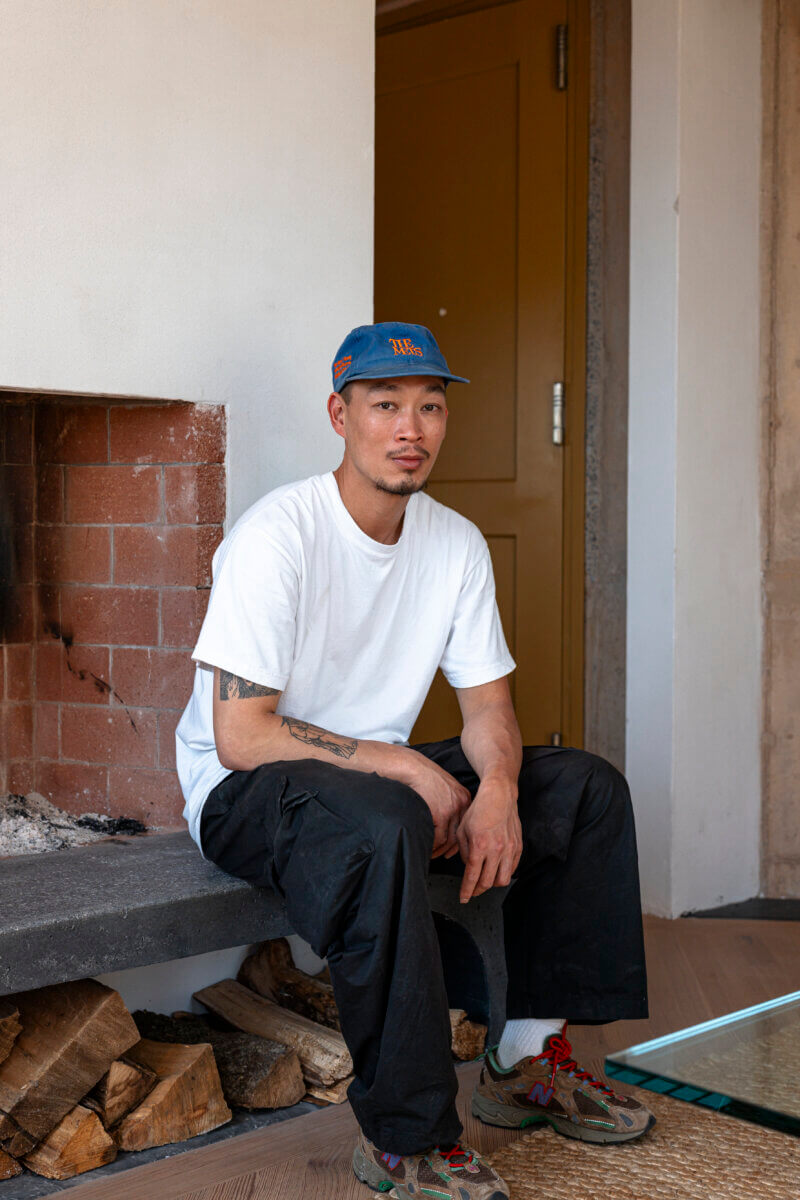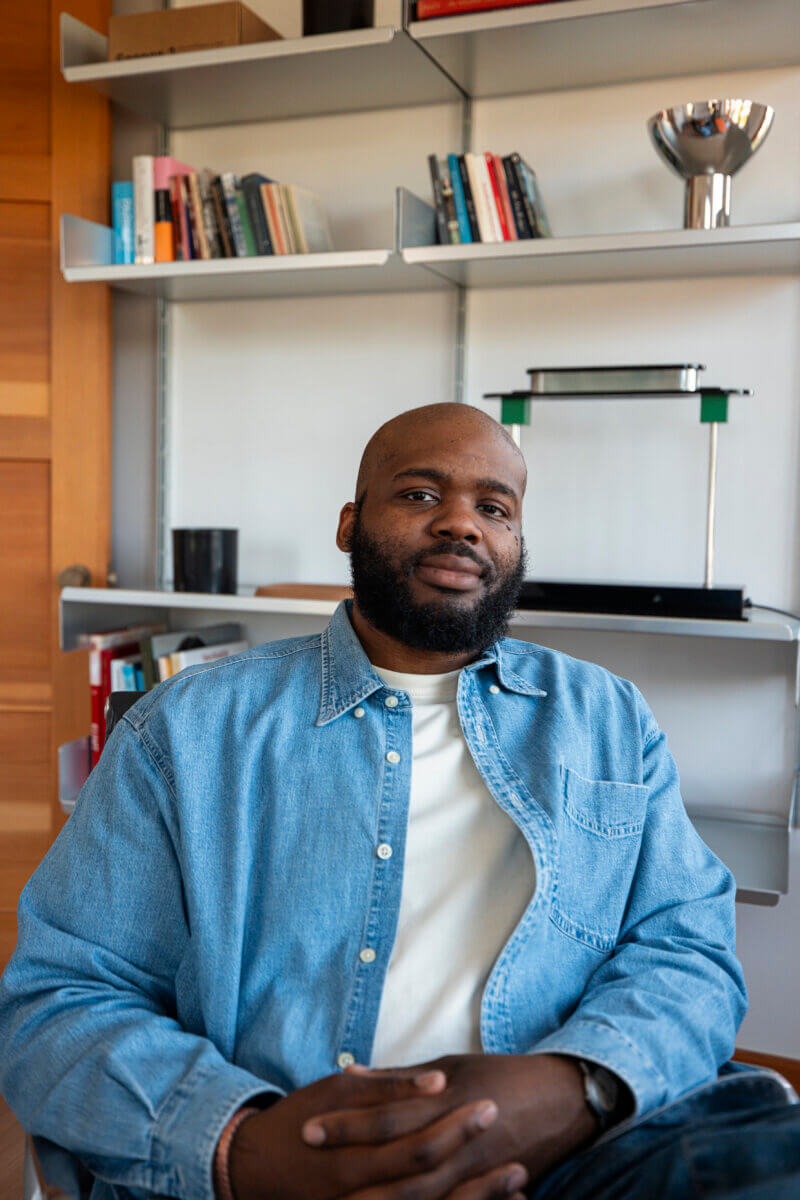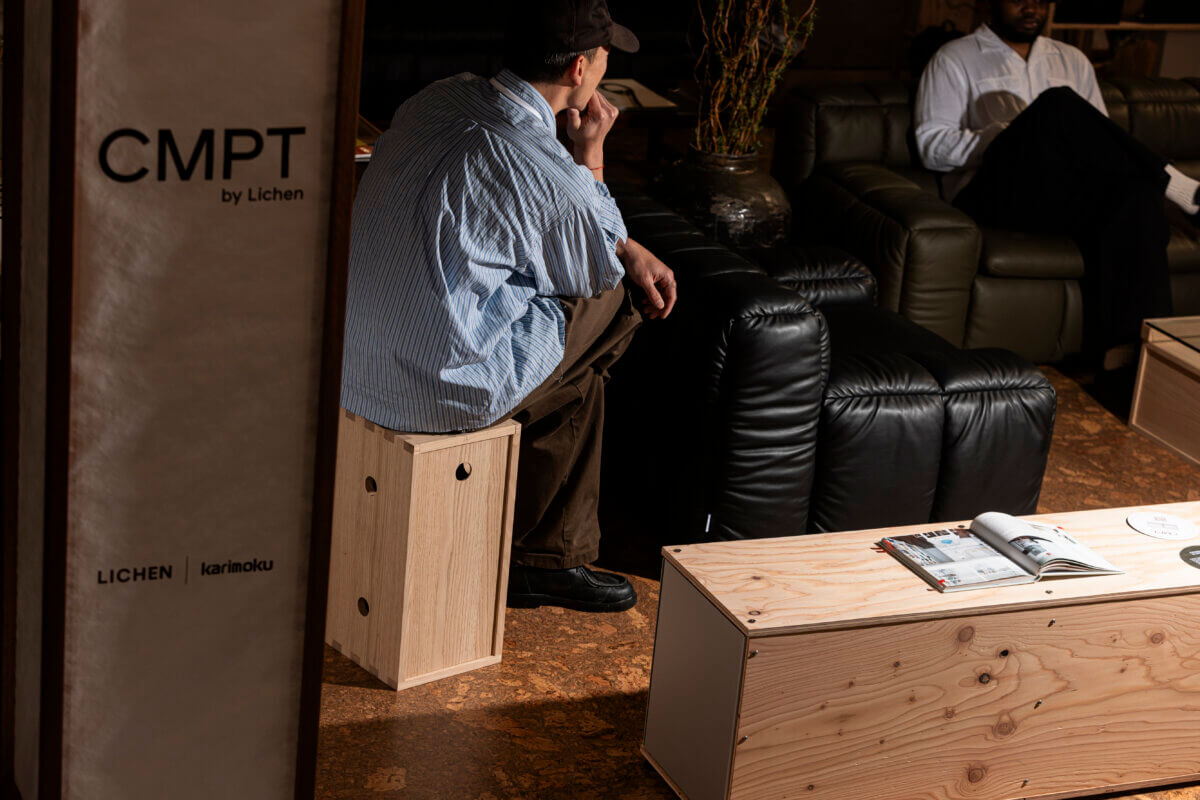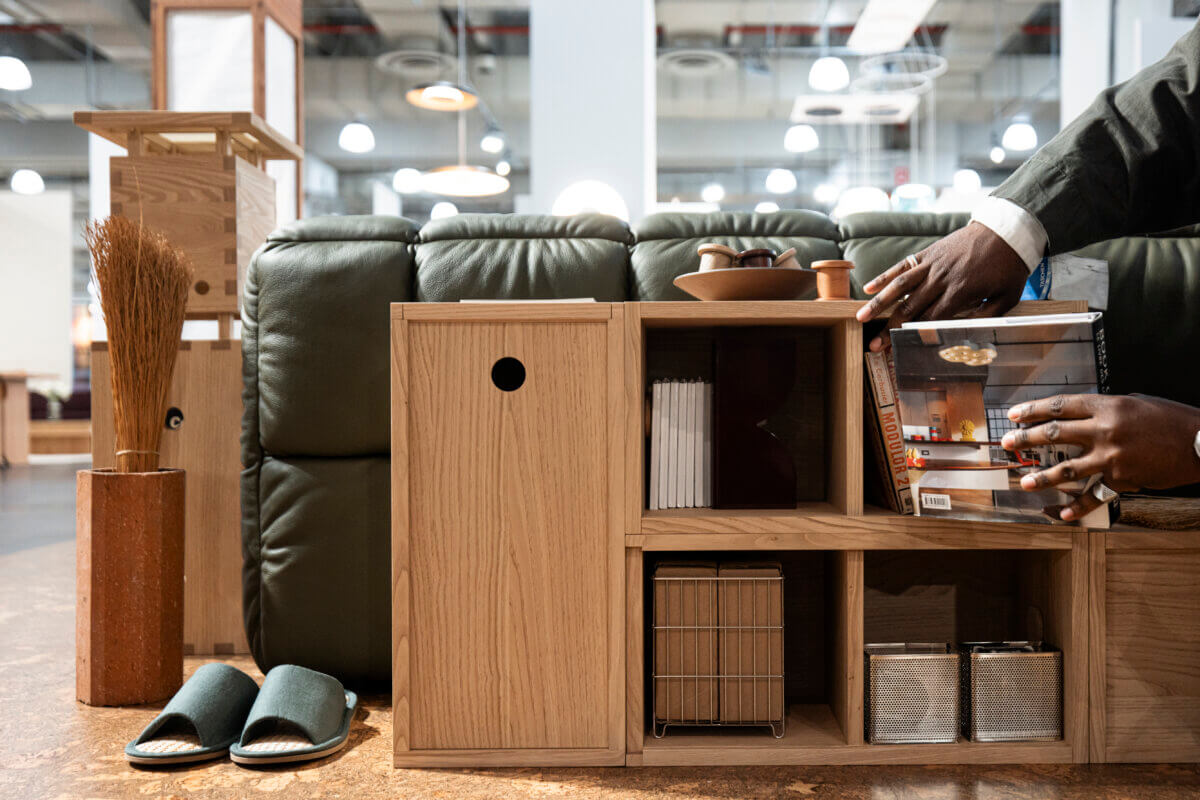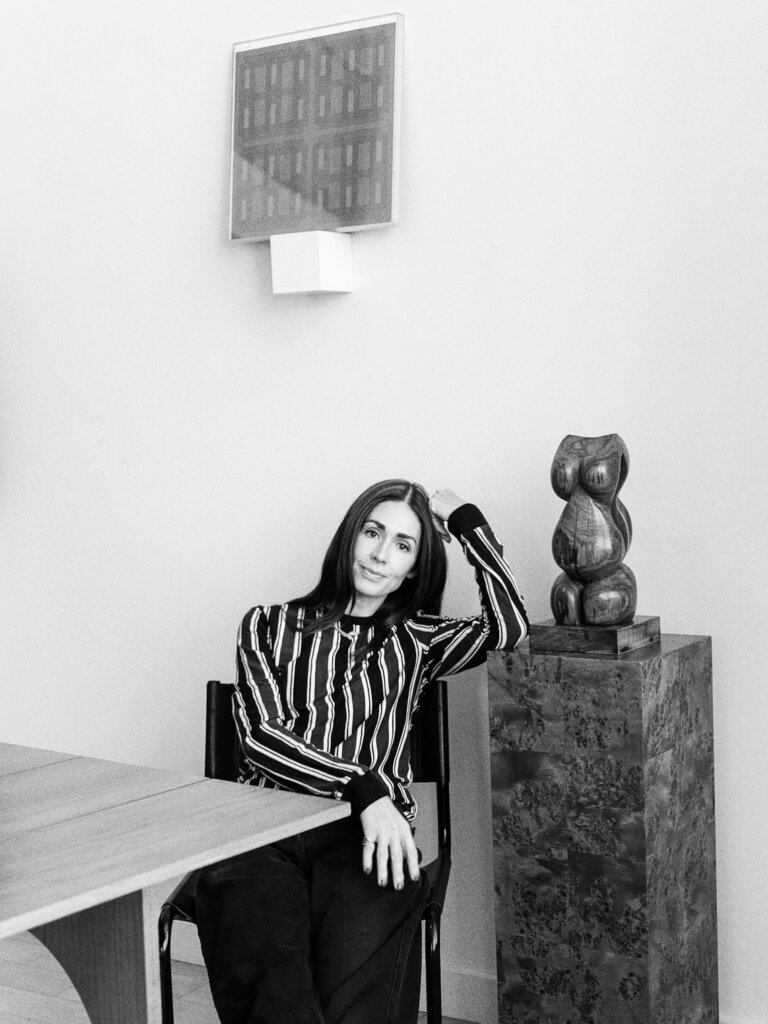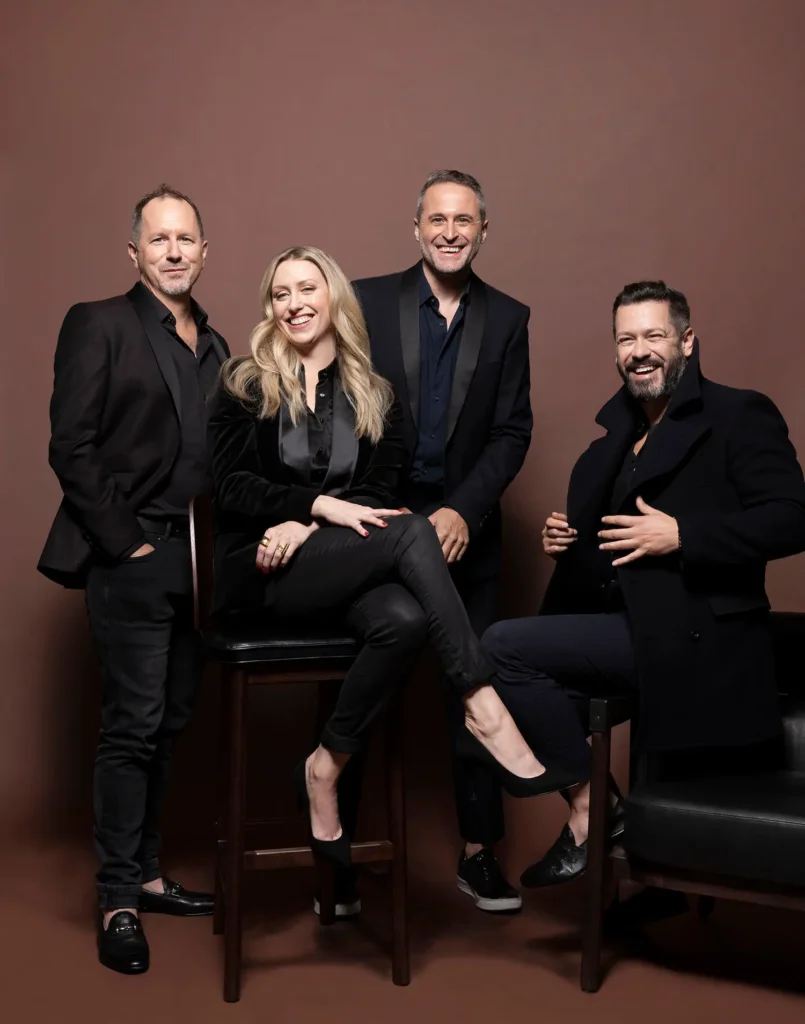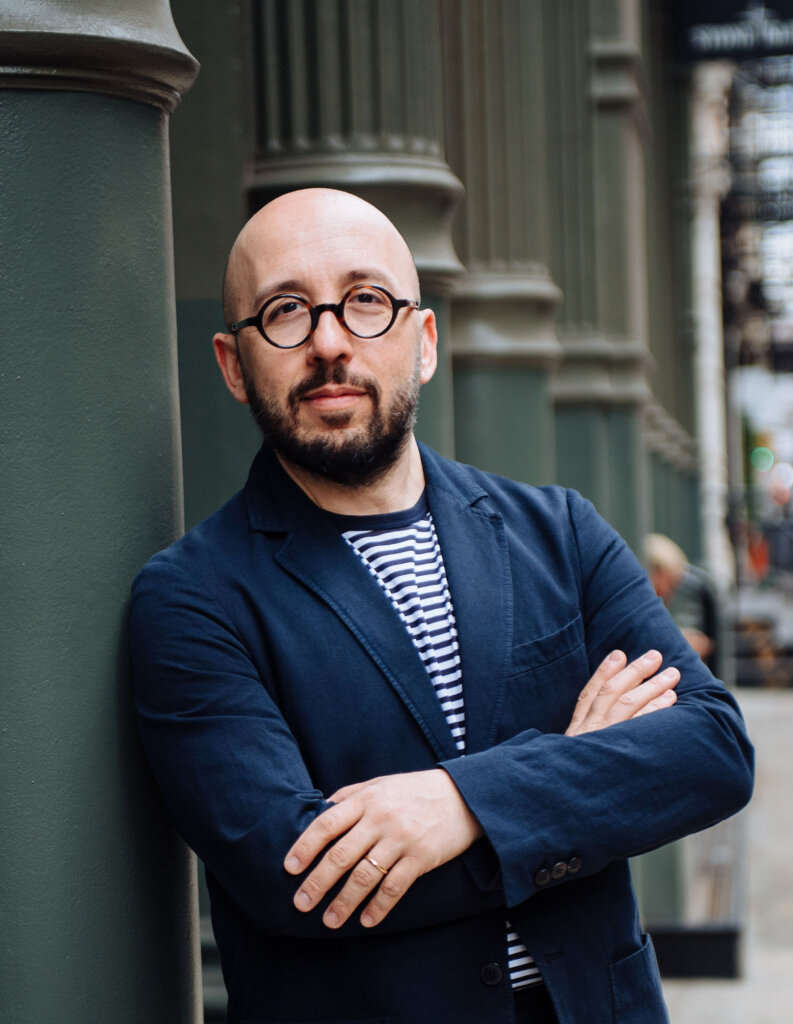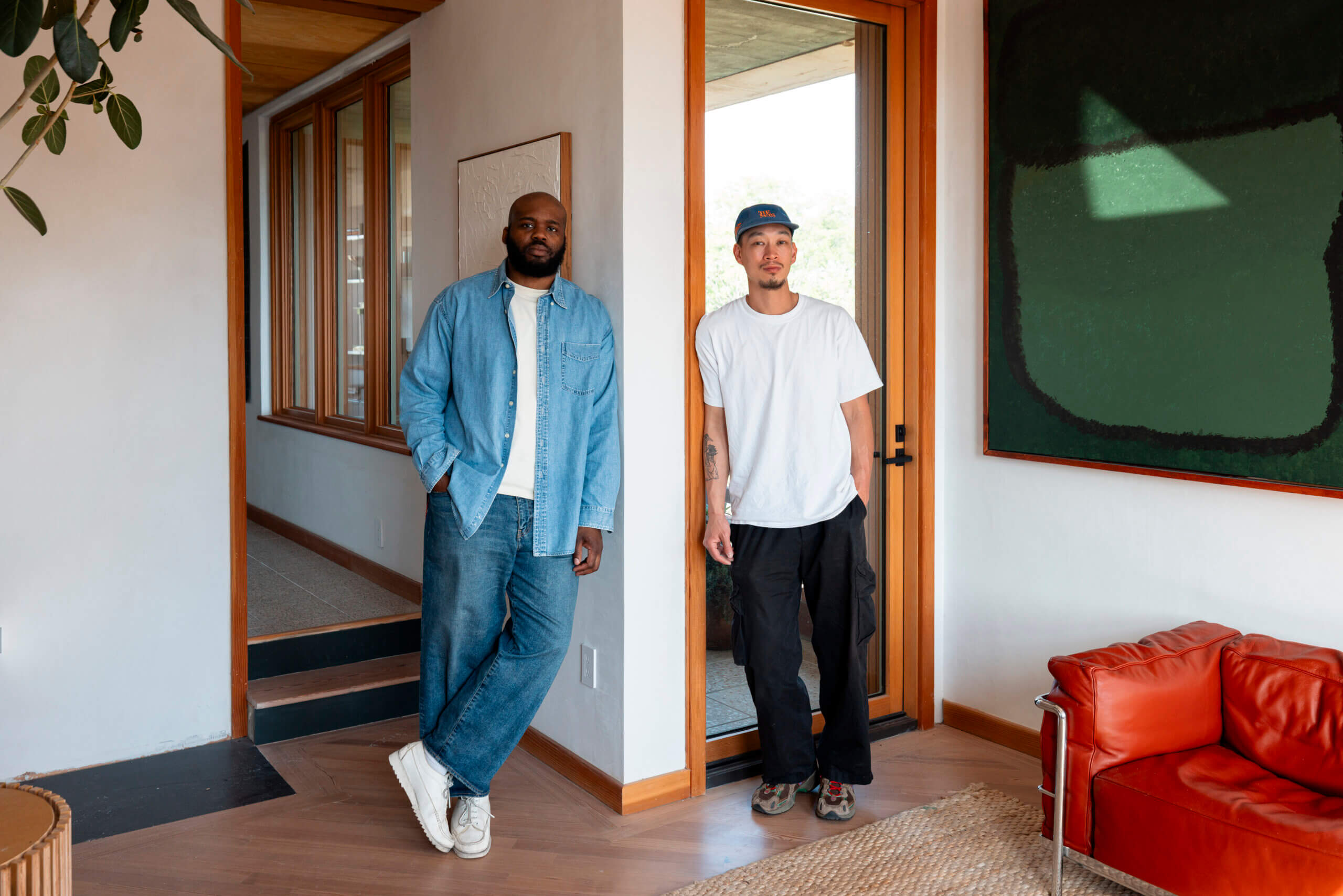
Lichen, co-founded by Ed Be and Jared Blake in 2017, is a design incubator and studio centered around furniture, spatial design, and the discovery of how we interact with these elements–past and present. We continue to permeate the autonomous world of interiors by collecting, re-contextualizing, and formulating new thoughts on design with the support of our community. Amongst other things, we sell furniture.
When you were a kid, what did you dream of becoming? Did any of those childhood ambitions lead you to where you are today?
Jared: Growing up I wanted to be an Architect but settled for Sims Coaster. I think I appreciate the methodical process of building something step by step like small business requires.
Ed: I wanted to be a plethora of things from a firefighter to a private investigator but the one constant theme throughout all of those things was the desire to solve problems. I like to think that we’re solving problems with our ideas through design and point of view.
Where and what did you study?
Jared: I studied Communications and Marketing at St.Thomas Aquinas.
Ed: I studied medical lab science at Hunter College.
How did you get your studio started?
Jared & Ed: We met on Craigslist in 2017 with a shared interest for designer and well made furniture. Gradually we developed our own design language upon opening our own brick and mortar storefront and woodshop. Currently we design and fabricate furniture and fixtures for commercial, residential and retail.
Is there a particular craft tradition, designer, or material that deeply inspires you? How has it influenced your approach to furniture design?
Jared: I have a lot of teachers that I’ve learned from both in design and philosophy. I appreciate the depth of the Enzo Mari catalog and the philosophy of his works. I try to think of the most efficient or affordable use of material and use style to add value, I think the ‘Autoprogettzione’ book is a great use of this theory.
Ed: I really adore shaker furniture for its no nonsense, utilitarian use and simple joinery. Part of me wants to live that way, but my favorite designer also happens to be Gaetano Pesce – who’s design style might quite possibly be the opposite of Shaker furniture. The material use and language he was able to carve out for himself is unrivaled in my opinion. Art meets furniture in a very useable way.
How would you describe your design philosophy? Has it changed over time?
Jared: Affordability is one of the pillars we’ve built our brand on. The cost of living is getting increasingly more expensive and difficult for everyone. The cost of materials is also going up, tariffs and other manufacturing challenges. Through that all, someone in the industry has to be thinking of the average person with beer budgets and champagne dreams, we’d like to think that’s us. This doesn’t mean we’re a “cheap” alternative, it means we’re most likely the most economically consious.
Ed: My design philosophy hasn’t changed much in the nearly 8 years of taking furniture seriously. I still believe that good design is good design if it solves a problem. The only difference now by manufacturing our own line is that we’re able to help people better understand the ‘value’ of certain products.
Is there a particular film, book, or piece of music that has influenced your creativity approach to furniture design?
Jared: Designing Design by Kenya Hara is a great read, there’s a chapter on some of the mechanics of Muji and I found it to be very insightful.
Ed: Hip Hop, Jazz, and House music all play an important role in my creativity. It’s the beat before lyrics for me. I like a lot of international songs and while I can’t understand the lyrics, a good beat is good design.
Tell us about your workshop or studio: How does your environment influence your creative process and craftsmanship?
Jared & Ed: We live in New York City and therefore we create with New Yorkers in mind first. That generally means our living spaces are likely more compact than most other cities/countries. For that reason, we like smart lighting solutions, modular furniture, and storage solving solutions. We prioritize giving you a good base line and love to see how people interpret our pieces with their own style.
Which piece or project are you most proud of, and what makes it special to you?
Jared & Ed: This chance to get to work with and design for Karimoku has been a dream come true in the making. It’s seldom that a small independent store like ours gets to collaborate with a company like Karimoku. We see eye to eye and each of us brings our individual strengths to the table symbiotically.
What do you see as the biggest challenge in furniture making today—whether in design, production, or sustainability? How should the industry respond?
Jared & Ed: Tariffs, Labor and cost of materials I would say are the biggest challenges in furniture today. They are constantly changing and sometimes hard to predict. I think (JIT) or ‘Just in time’ manufacturing might be the best approach moving forward. It’s a production strategy that minimizes waste and inventory by producing goods only when they are needed.
What are you currently working on?
Jared & Ed: We’re working on our first restaurant from scratch in the Lower East Side. A fair amount of the furniture is our own pieces which makes it really special for us. Also the owners are dear friends which makes it all that much sweeter.
What’s next for you? Any upcoming projects, collaborations, or aspirations you would like to share?
Jared & Ed: We’d like to interior design more for public and commercial spaces. We’re also planning to release the several collections we exhibited at ICFF with Karimoku Furniture in Q4 of this year.
Read the full story behind Lichen x Karimoku collaboration
Follow Lichen NYC on Instagram.
More from ICFF:
ICFF 2025 Highlights: Creativity, Innovation and Connection in NYC
Original Thinkers: Designing with Purpose, Passion, and Integrity
